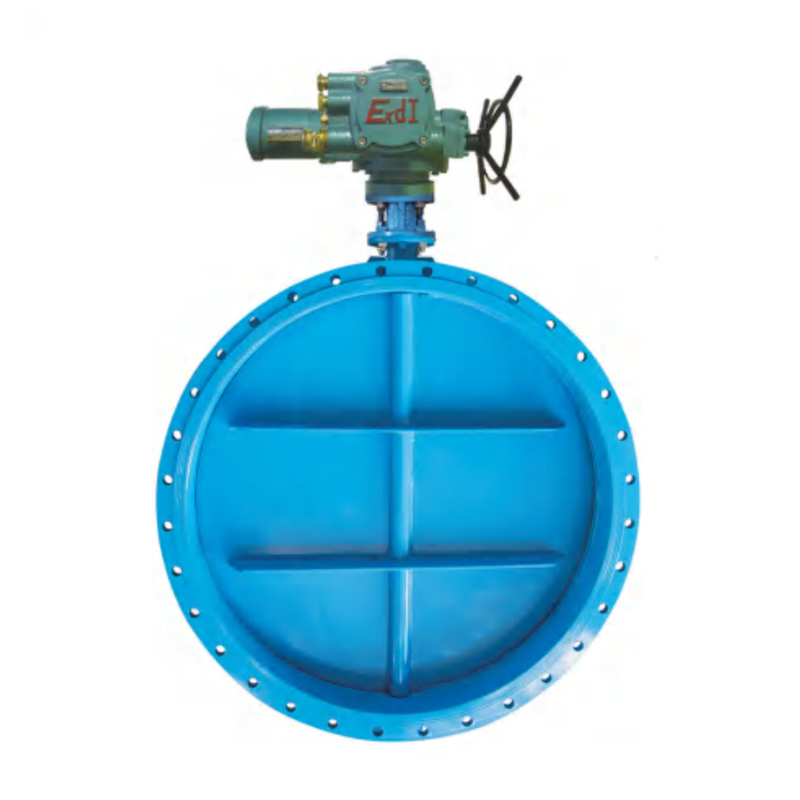0086 15335008985
Cat:Quarter Turn Electric Actuator
The QL series of rotary valve electric devices includes ordinary, integral, regulating, intelligent, explosion-proof and...
See Details
Coal mining is a complex and demanding industry that relies on a variety of specialized equipment to ensure safe and efficient operations. Among these critical components, coal mine valves play an indispensable role in controlling the flow of liquids, gases, and slurries within mining systems. Proper selection, installation, and maintenance of these valves are essential to prevent equipment failure, enhance safety, and optimize productivity.
In coal mining operations, valves are used to regulate the movement of water, compressed air, hydraulic fluids, and slurry mixtures. Given the harsh conditions of mining environments—including high pressure, abrasive materials, and corrosive elements—valves must be robust and reliable to maintain system integrity.
One of the primary functions of coal mine valves is to ensure the safe management of mine dewatering systems. Water accumulation in underground mines can pose serious hazards, including flooding and equipment damage. Valves control the flow of water through drainage pipelines, preventing overflow and allowing for efficient removal.
Additionally, valves are crucial in ventilation systems, where they regulate airflow to maintain safe oxygen levels and remove hazardous gases like methane. Without properly functioning valves, ventilation systems could fail, leading to dangerous gas buildup and increased risk of explosions.
In slurry transport systems, valves help manage the movement of coal-water mixtures, ensuring smooth operations in processing plants. Their ability to withstand abrasive materials is vital in preventing leaks and blockages that could disrupt production.
Given these critical applications, selecting the right valve type and material is essential to ensure long-term performance and safety in coal mining operations.
Different mining processes require different types of valves, each designed to handle specific pressures, temperatures, and media. The most commonly used coal mine valves include:
Gate valves are widely used in mining for their ability to provide a full, unobstructed flow path when fully open. They are ideal for on/off control in water and slurry pipelines, where minimal pressure drop is required. Due to their simple design, gate valves are easy to maintain, but they are not suitable for throttling applications, as partial opening can cause erosion and damage.
Butterfly valves are preferred in ventilation and low-pressure slurry systems due to their compact design and quick operation. They consist of a rotating disc that controls flow, making them efficient for large-diameter pipelines. However, they may not be suitable for high-pressure or highly abrasive environments unless constructed with wear-resistant materials.
Check valves are essential in preventing backflow, which can damage pumps and other equipment. In dewatering systems, they ensure that water flows in one direction, avoiding reverse movement that could lead to system failure. Swing check valves and lift check valves are common in mining applications, each offering different advantages depending on flow conditions.
Ball valves provide excellent sealing and are often used in high-pressure hydraulic and pneumatic systems. Their quarter-turn operation allows for quick shutoff, making them useful in emergency situations. However, they may not be the best choice for slurry applications unless designed with abrasion-resistant coatings.
Each valve type has its strengths and limitations, and the choice depends on factors such as pressure requirements, fluid characteristics, and environmental conditions.
Choosing the right valve for a coal mining application requires careful consideration of several factors to ensure durability, efficiency, and safety.
Coal mining environments expose valves to corrosive chemicals, abrasive particles, and high pressures. Common materials include:
Valves must withstand the operating pressures and temperatures of the system. For example, dewatering pumps may require high-pressure valves, while ventilation systems may need valves that function reliably in varying temperatures.
Effective sealing prevents leaks, which is critical in hazardous environments. Soft-seated valves provide tight shutoff but may wear faster in abrasive conditions, while metal-seated valves offer better durability but may allow minor leakage.
Mining valves must meet industry regulations to ensure worker safety and environmental protection. Standards such as ISO, API, and MSHA (Mine Safety and Health Administration) provide guidelines for valve design and performance.
By evaluating these factors, mining operators can select valves that enhance system reliability and minimize maintenance costs.
Even the highest-quality coal mine valves require regular maintenance to ensure optimal performance. Neglecting maintenance can lead to valve failure, system downtime, and increased safety risks.
Scheduled inspections help detect early signs of wear, corrosion, or leakage. Key inspection points include:
Abrasive particles in slurry and water systems can cause valve components to wear prematurely. Regular cleaning prevents clogging, while proper lubrication reduces friction in moving parts, extending valve life.
Instead of waiting for complete valve failure, proactive replacement of worn parts (such as seals or discs) can prevent unexpected breakdowns. Keeping spare parts on-site reduces downtime during repairs.
Improper valve operation—such as forcing a valve open or closed—can cause damage. Training personnel on correct handling techniques ensures valves function as intended.
By following these best practices, mining operations can maximize the lifespan of their coal mine valves, reducing costs and improving safety.
Coal mine valves are vital components that contribute to the safety, efficiency, and reliability of mining operations. Understanding their functions, selecting the appropriate types, and implementing proper maintenance practices are essential steps in optimizing performance.
Whether used in dewatering, ventilation, or slurry transport, the right valve choice can prevent costly failures and enhance operational continuity. By prioritizing material durability, pressure compatibility, and regular upkeep, mining operators can ensure their valve systems withstand the demanding conditions of coal mining environments.